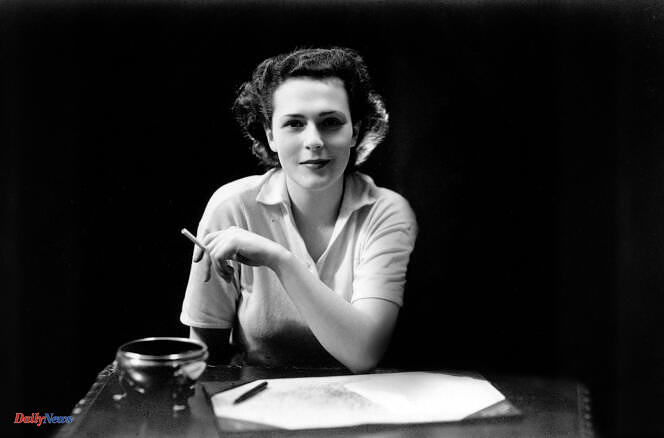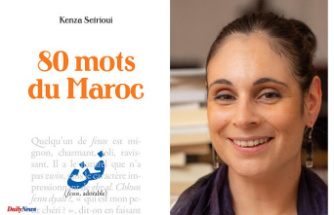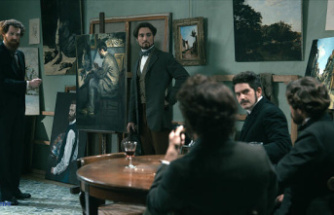Ten months after the rebroadcast of the excellent documentary Le Surréalisme au feminine (2019), by Maria Anna Tappeiner, also on Arte.tv, Teresa Griffiths returns, with Leonora Carrington. Pioneer of surrealism (2017), on one of the five major figures presented by her colleague, alongside the American Lee Miller (1907-1977), the French women Leonor Fini (1908-1996) and Claude Cahun (1894-1954 ), and the Swiss Meret Oppenheim (1913-1985).
Of the latter, the British-Mexican Leonora Carrington (1917-2011) is not the best known in France, even though she lived and worked there, alongside her companion, Max Ernst, met in London in 1936, who introduced her into the surrealist circle and with whom she settled in Ardèche. The war and the Occupation will separate them: Ernst is arrested twice, because he is German and anti-Nazi.
Leonora Carrington then experiences a psychotic episode. She was interned in Spain, where she took refuge, and underwent terrible curative treatments. She then went to Portugal, before boarding a ship bound for New York, in the company of a Mexican diplomat with whom she concluded a “white” marriage. There is a colony of artists of French nationality – notably Marcel Duchamp, Yves Tanguy, Ossip Zadkine, Marc Chagall – and Max Ernst who, in the meantime, has also crossed the Atlantic.
André Breton, fundamentalist high priest of the surrealist movement, was also exiled in New York: if the writer provided surrealist women artists with “empowerment”, to use the term of Alix Agret and Dominique Païni – curators of the exhibition “Surrealism feminine ? », organized in 2023 by the Montmartre Museum, in Paris – they know how to let go of its influence.
Dream creatures
Mexico, where Leonora Carrington settled in 1942, made him rediscover the thread of his work, one of the characteristics of which is that he found his aesthetic mark from the first drawings of a young girl (a part well illustrated by the documentary by Teresa Griffiths). Until the 1970s, the painter perpetuated a surrealist style (dreamlike and hybrid creatures) which, if it then seemed dated, had lost none of its force. At the end of her life, she also devoted herself to sculpture.
Rather forgotten in the international artistic world, Leonora Carrington spent most of her long life in her house-studio in Mexico, which we discover through archive and recent images. The artist's sons – who appear in Leonora Carrington. Pioneer of surrealism – sold it to the city's autonomous metropolitan university and donated a considerable body of objects and paintings, in return for the promise that it would be turned into a museum (to this day, only a virtual tour is offered online).
The documentary, subtle and often poetic, bases its story more on the psychological portrait of the painter than on the characteristics of her art. He recalls, thanks to various testimonies, that Leonora Carrington never really found herself at home in Mexico, any more than in the United Kingdom. However, she is considered a national artist there. Her son, Gabriel Weisz Carrington, puts it nicely: “The only country where my mother felt good was art. That was his country. »












